On November 8th, DNV GL announced the establishment of two separate ecosystems, the Carbon Bank and Bright Code. There was a lot of confusion and misinformation going around, so I thought I’d take a stab at clarifying some of these details.
Bright Code is a supply-chain data management collaboration between DNV GL, Bright Foods, and Vechain. Bright Food is a state-owned multinational company that ranks as the second-largest food manufacturer in China. With Bright Code, they introduced a number of features, including a third-party consumer confidence index that uses international service firms to measure the reputation of companies involved in the transportation and storage of goods. This encourages companies to join Bright Code and avoid taking part in potentially reputation-damaging activities such as smuggling or the trading of counterfeit goods. Bright Code’s blockchain also provides businesses with immutable data throughout the course of the supply chain, giving them resources to assess and optimize the entire value chain.
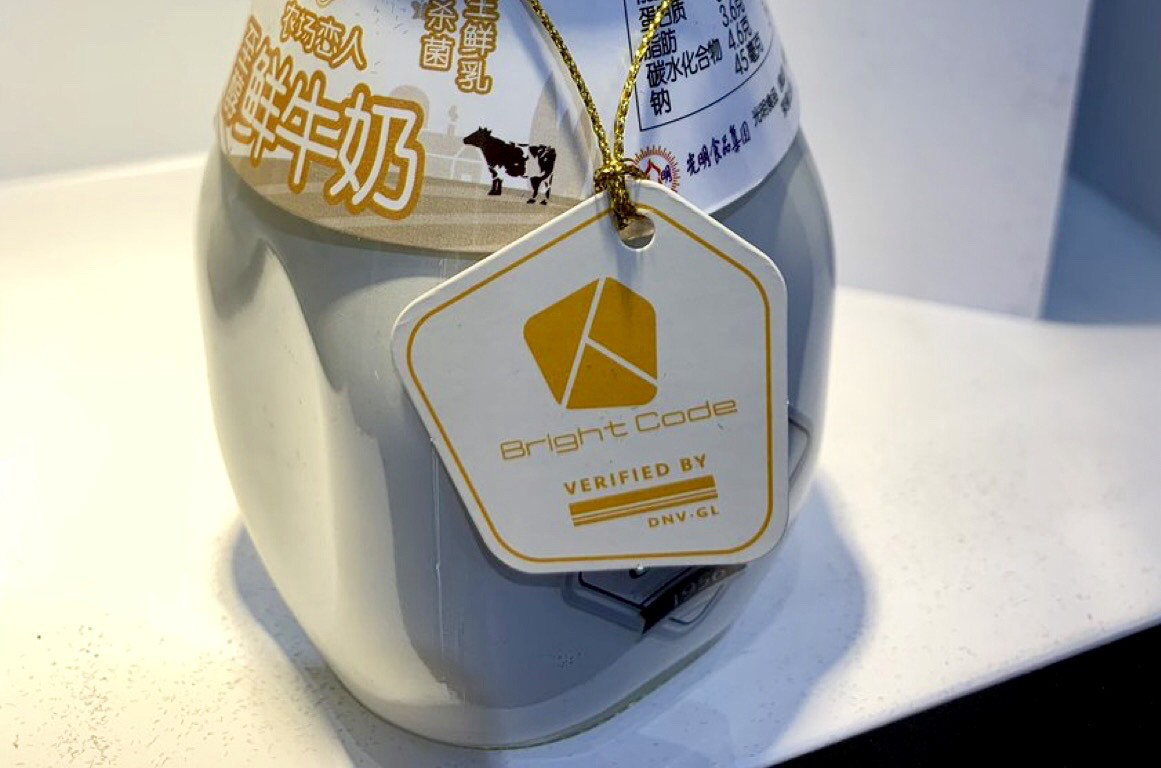 Bright Foods showcases a bottle of milk verified by Bright Code
Bright Foods showcases a bottle of milk verified by Bright Code
For consumers, Bright Code represents a huge step towards higher food safety standards. The data collected by suppliers can also be used to verify the authenticity of products, as well as the location and time of origin. Additional supply chain data can monitor exposure to extreme temperature or movements that could potentially damage the product.
After purchasing a product, consumers will be able to scan products and authorize companies to access personal feedback in exchange for ecosystem rewards, that can then be used towards future products or services. Companies will be able to collect this consumer data, enabling them to better understand their market share and client base. By creating an open-source supply chain data marketplace, users will have more control of their data, while providing them with a direct consumer-to-business data marketplace.
 Left: Consumers can rate products by taste, packaging, and service. Right: Customers can view crucial information regarding shipping and the temperatures endured throughout the journey from factory to store.
Left: Consumers can rate products by taste, packaging, and service. Right: Customers can view crucial information regarding shipping and the temperatures endured throughout the journey from factory to store.
So to recap Bright Code, Enterprises will be attracted by:
- Consumer confidence index
- Trusted partners
- IoT supply chain data
- Immutable product tracking
- Access to customer feedback
- Better service and higher sales volume
Consumers will be attracted by:
- Product authenticity verification
- Shipment tracking and access to key shipment data
- Points and incentives earned from giving feedback
The Carbon Bank project, in conjunction with big names such as Vechain, PICC, BYD, and Tsinghua University, aims to create a distributed market for carbon credits. DNV GL has long prioritized the need to reduce dependency on hydrocarbon usage as a fuel source, so by establishing the Carbon Bank project, they encourage users to engage in environmentally friendly activities by giving credits that can be exchanged for rewards within the ecosystem. Environmentally friendly activities can include driving electric cars, which is why the world’s-leading manufacturer of electric cars, BYD, plays such a valuable role in this ecosystem. Other activities can include walking or cycling to work, which is why DNV GL had stationary bikes on display at their pavilion during the China International Import Expo. Guests could interact with the bikes, seeing how the Carbon Credits app generated tokens while they rode.
 Vechain demonstrates generating Carbon Credits by using a smartphone app connected to a bicycle.
Vechain demonstrates generating Carbon Credits by using a smartphone app connected to a bicycle.
While the full extent of these projects isn’t known, the potential scope depends on whether or not it can gain mass adoption based in a country where regulations are stringent. However, China has historically been quick to adopt new technologies, leading to the expansive growth of electronic payment, taxi-hailing apps, and eCommerce solutions. Additionally, China has sought to control their pollution and traffic problems in the past by road-space rationing, which are regulations restricting the travel of cars on certain days. These restrictions (even and odd numbered license plates swap the right to drive every other day) provide logistical headaches for consumers who often turn to purchasing extra vehicles to circumvent the rules.
Instead of blanket bans on driving, an open-source data market would allow consumers the option to purchase additional credits from more eco-friendly users. Supply chains, through integration with Bright Code, can also become part of this credit monitoring and sharing system. If China can throw their support behind the project, it’s not unthinkable to imagine factories, construction machinery, and other commercial vehicles all included in this ecosystem. Without question, the strength of these two projects is the leadership of DNV GL, and the distributed blockchain technology of Vechain, which provides a trustless environment for multiple companies and individuals to integrate with.
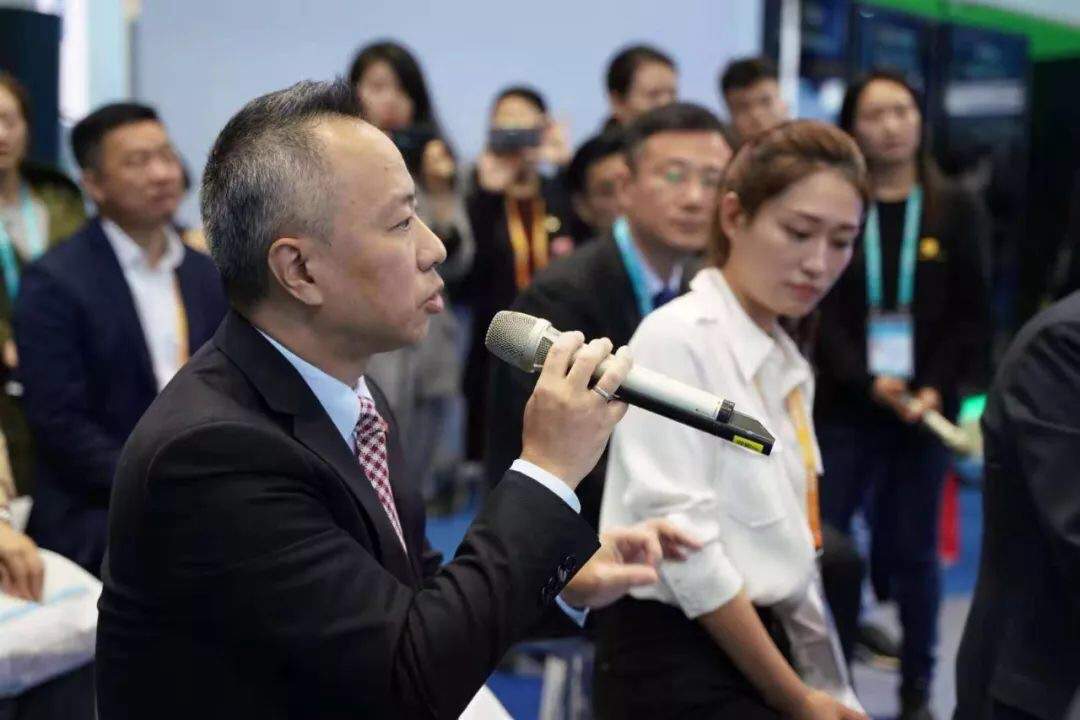 DNV GL’s George Kang explains their role in the project
DNV GL’s George Kang explains their role in the project
Outside of Bright Foods state-owned connections, another indication that the Carbon Bank project will be embraced by government decision-makers is the inclusion of Tsinghua University. Widely considered the most prestigious university in the country, the graduates and networks surrounding the school remain influential within society. Tsinghua University students in the Sino-American relations research department (social sciences) will play an important role in designing and analyzing the system. This highlights the commitment to bring the open-source low-carbon platform to a global scale, encompassing enterprises from all around the world. In addition, they are providing the project with government regulation and compliance advisory services.
So to recap Carbon Bank, Enterprises will be attracted by:
- Additional services to provide customers
- Strategic integration with other enterprises
- Access to customer-provided data
- Compliance with government regulation
- Environmentally-friendly approach
- Marketing opportunities within the Ecosystem
- Potential sales volume increase
Consumers will be attracted by:
- Eco-friendly and sustainable companies
- Secure data ownership
- Rewards, incentives, and discounts within the ecosystem
- Future government compliance
For people struggling to understand the role of Vechain in all of this, it’s important to remember that the two systems depends on distributed blockchain technology to ensure that data is secure and immutable. For an open-source interface to exist, enterprises and consumers must be able to trust that their data is protected, and that other individuals would be unable to cheat or deceive the system. This alliance of industry leaders represents a major accomplishment for DNV GL, and is a testament to their confidence in Vechain’s core blockchain technology. For a company such as DNV GL, who routinely deals in business assurance, their backing is a strong indication that the project will be successful.
Due to time constraints, I omitted details about PICC, PWWC, Aqua, and TaoTaoKe. I will look to cover these topics in future articles. The images used here were used with permission of DNV GL and Vechain



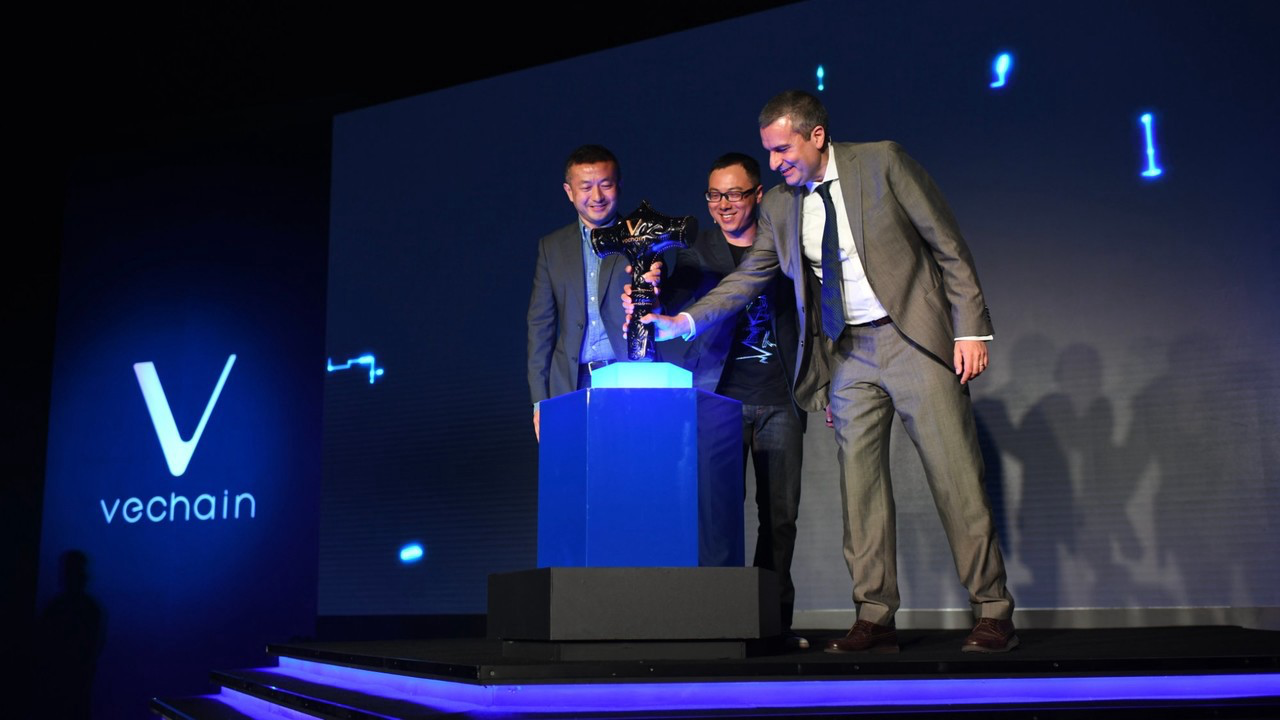
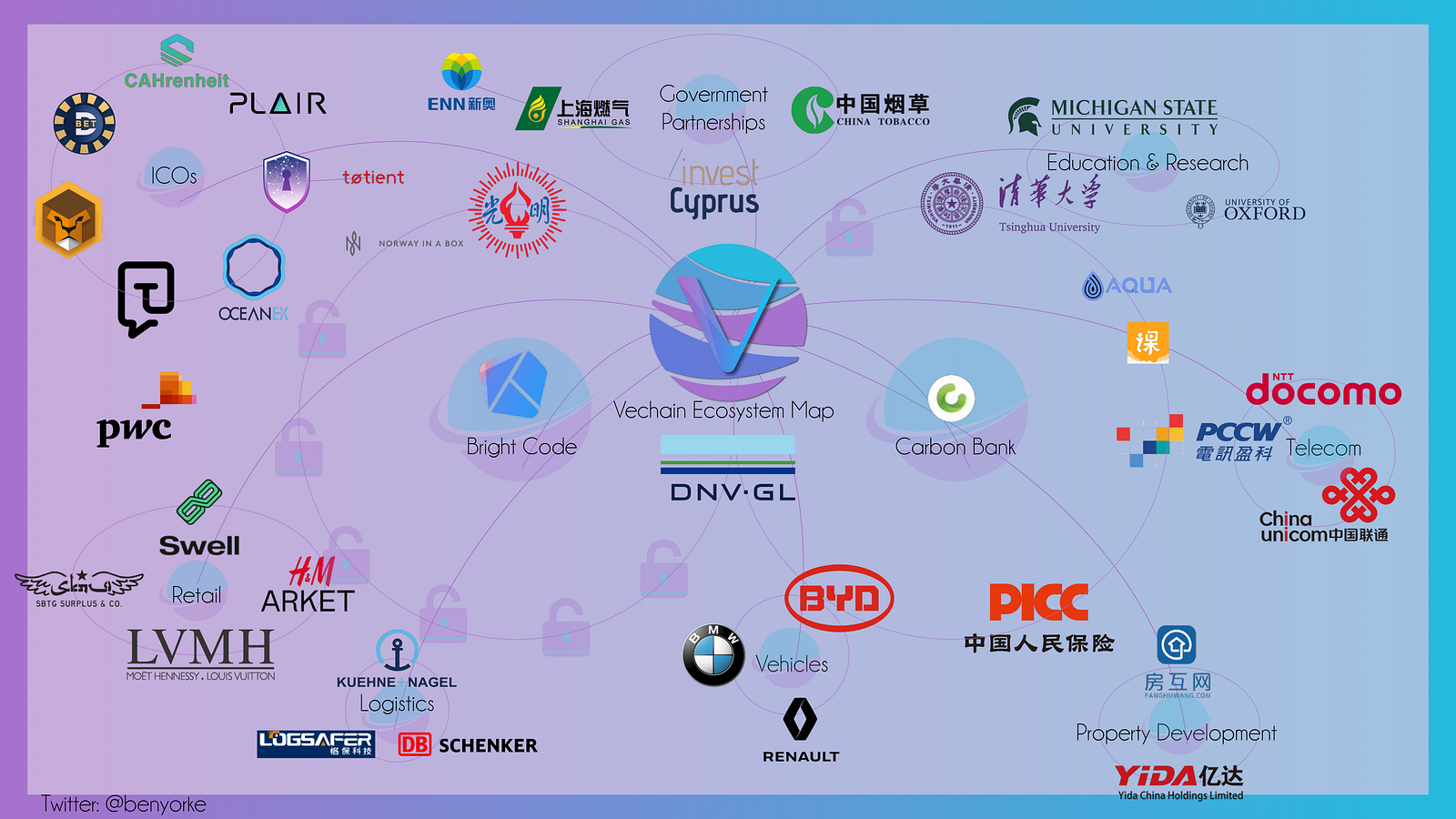
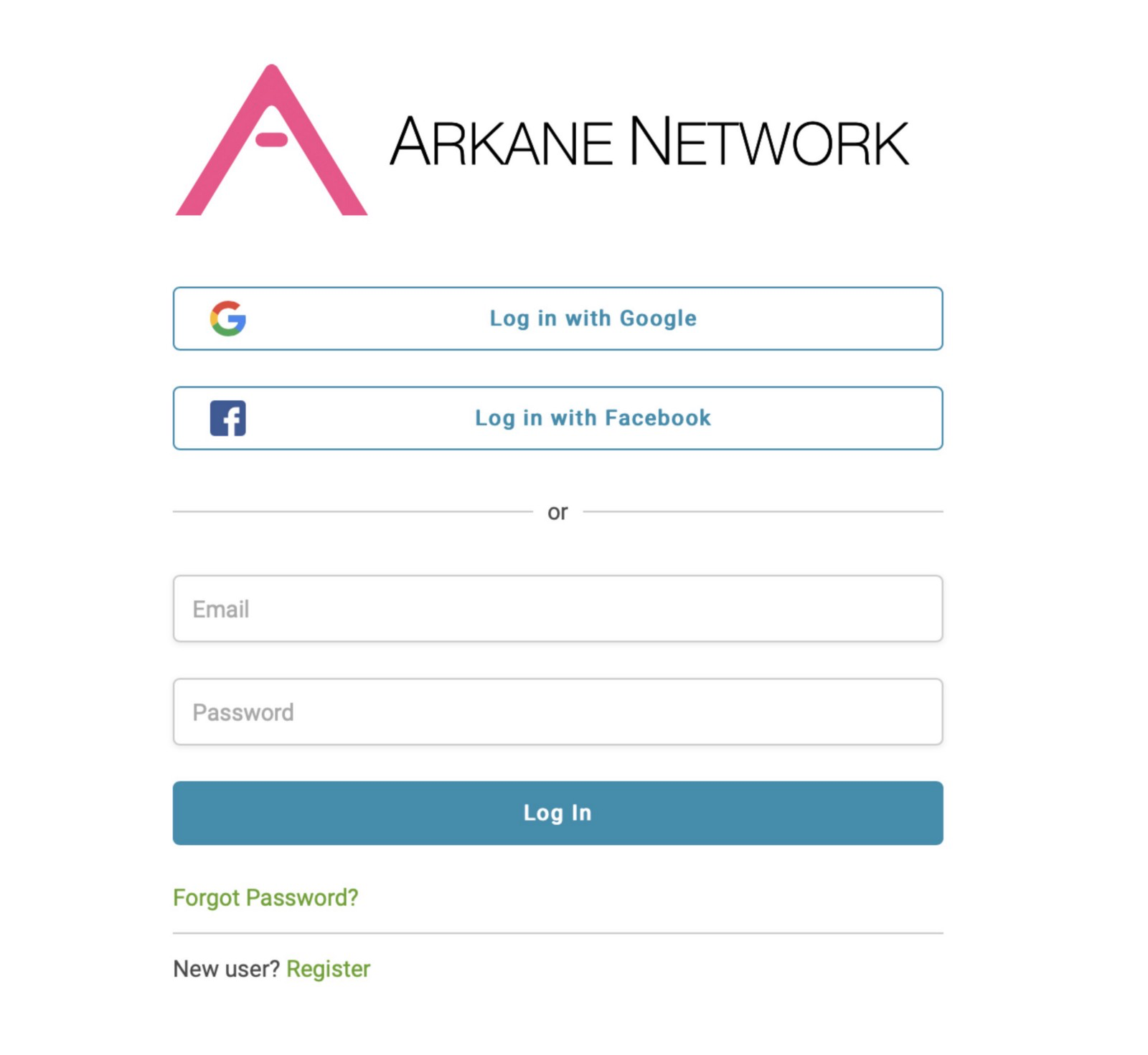 User-Friendly login screen featuring Google & Facebook login options
User-Friendly login screen featuring Google & Facebook login options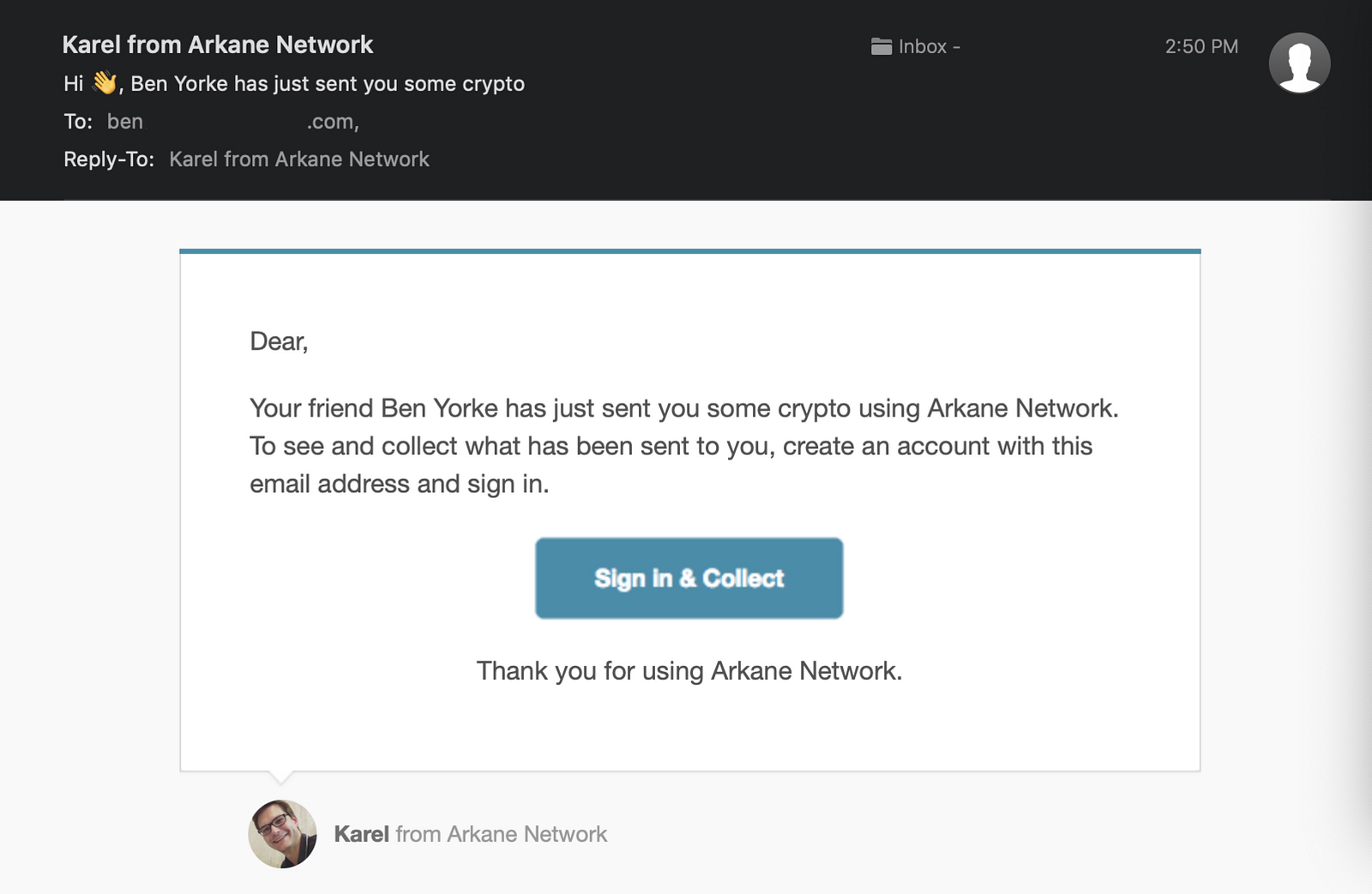 Having never used this email, it was all-to-easy to sign up and collect
Having never used this email, it was all-to-easy to sign up and collect






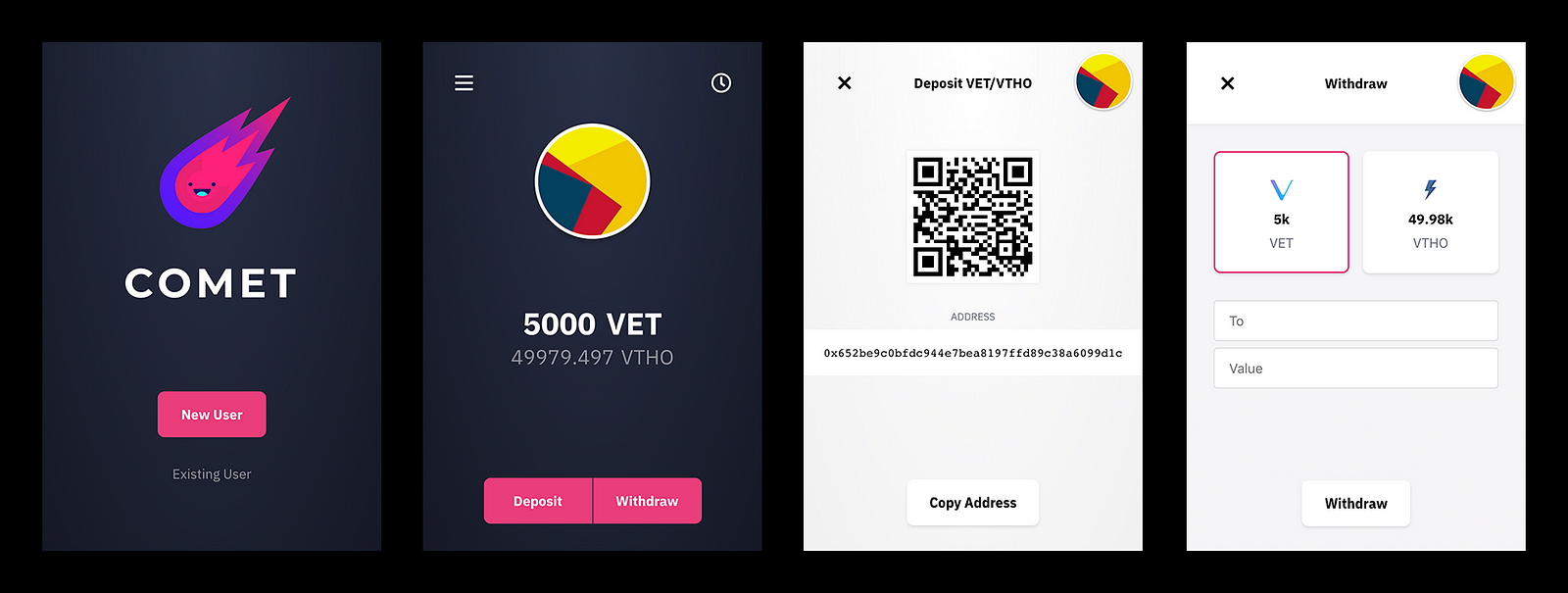


 Bright Foods showcases a bottle of milk verified by Bright Code
Bright Foods showcases a bottle of milk verified by Bright Code Left: Consumers can rate products by taste, packaging, and service. Right: Customers can view crucial information regarding shipping and the temperatures endured throughout the journey from factory to store.
Left: Consumers can rate products by taste, packaging, and service. Right: Customers can view crucial information regarding shipping and the temperatures endured throughout the journey from factory to store. Vechain demonstrates generating Carbon Credits by using a smartphone app connected to a bicycle.
Vechain demonstrates generating Carbon Credits by using a smartphone app connected to a bicycle. DNV GL’s George Kang explains their role in the project
DNV GL’s George Kang explains their role in the project